The Lady in Pink: A Photo Tour
In case you missed the Cities and Marry Me, Charlotte B! photo tours, then this one will be kind of heavy. The Lady in Pink (part of the Fateful Turns bundle!) was born out of one trip to the Musee D' Orsay that pretty much changed me forever. My little sister and I started nerding out on these impressionists, and my reading I Always Loved You basically fuelled the fire to write something related to these artists on my novella. I'm also including my photos of the places featured in the book, although you may have already seen them on my Paris guide. This was supposed to appear in the eBook, but I decided to make it into a blog post instead. You can consider this as a companion to the novella
Are you ready? Then read on for the Lady in Pink tour! Things are arranged according to how they appear in the novella. Spoiler-free, though!

The first painting in the story was one that hit me by surprise. I'm used to Van Gogh using dark blues and painting night skies. Even his sunflowers are sad, in a way. But the Italian Woman looks so bright and happy that it's hard to believe he painted this. This woman is an actress, who famously modeled for Manet, and one of Van Gogh's last ever lovers.

The story of Berthe Morisot is worthy of a story in itself. She is highly regarded as one of the three Madames of the Impressionists, and she is quite possibly the closest to the painters. Berthe's style is always remarked as similar to her 'friend' Manet's. That, and Manet's dozens of portraits featuring her had French tongues wagging at a relationship--despite Berthe later marrying Manet's brother Eugene. This was one of the few paintings praised during the Impressionist Exhibition in 1880, and sold quickly. I imagine her being motherly but a bit strict, given that she was a society woman surrounded by male artists.

I mentioned this painting only in passing, because when I visited the museum, it was the Pissaro version that caught my eye. Edouard Manet painted for the Impressionists at a time when everyone hated their art. So he made this and submitted it to the famous Salon. It looks like a normal painting, but at the time, the Parisians were freaked out by the image of the stark naked woman (a model Manet frequently used) in the middle of an otherwise normal painting. They were shocked at the realism of it, which made Manet's name more attached to scandal than ever. Be sure to look up his painting of Olympia, and see what I mean!
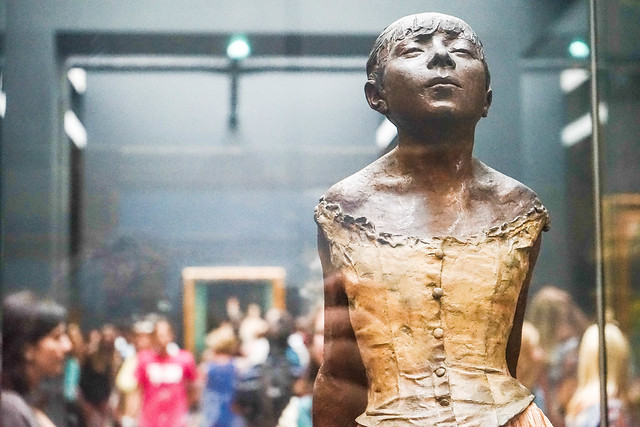
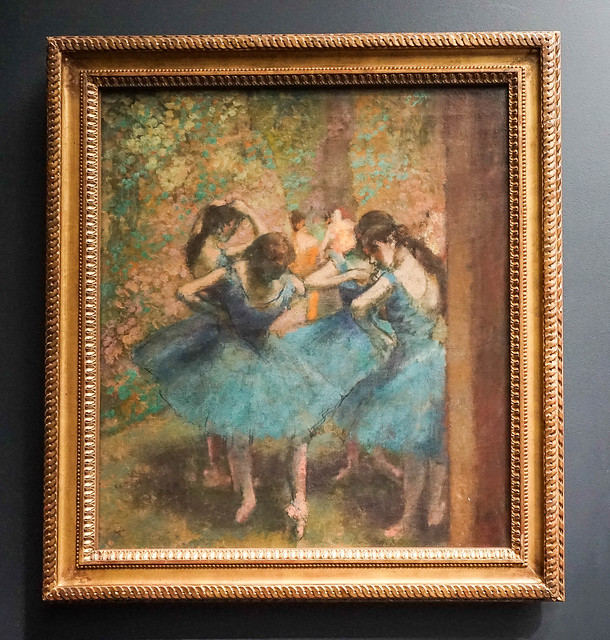
When Martha was seven, she claims to have met Degas, who calls her a "petit ballerina." That statement was inspired by these two pieces. I've met the ballerina statue twice now, and I thought I would give her a little tribute in the story. Degas loved to study the ballerinas and their forms, so a lot of his paintings feature them. The wax statue originally had a real tutu, a doll's dancing shoes, and an actual satin ribbon in her hair!
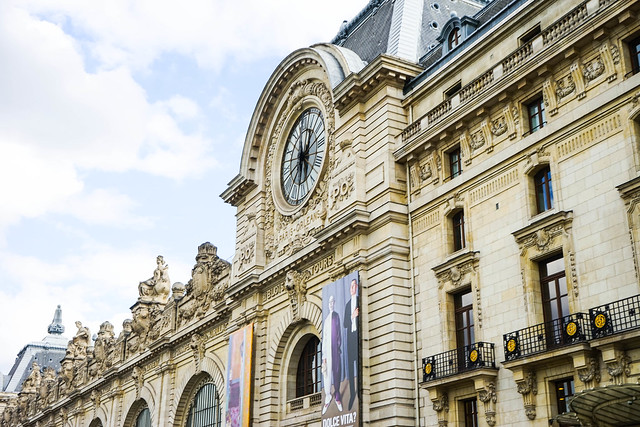
As mentioned in the story, the museum used to be a train station. This explains why the layout is messy and we were lost half the time with a less than helpful map. Argh.

Henri and Martha meet for the first time in Restaurant Le Chat Noir, just one of the numerous corner cafes that litter around Paris. It was very rare to find a corner without one, and they are always full by the time the sky gets dark.
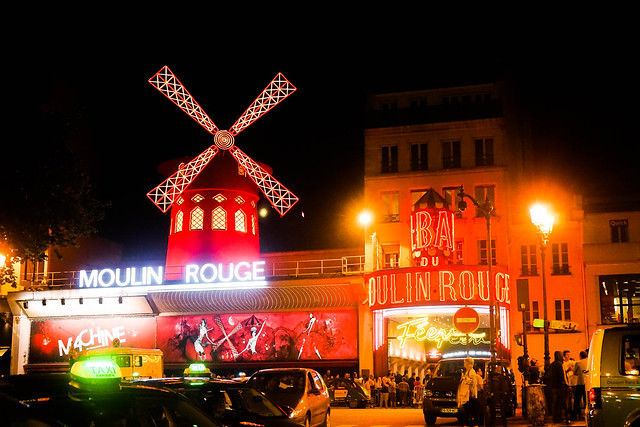
Martha comes up to Blanche station to meet Henri, and the station opens up right to the Moulin Rouge. This was one of Giovanni Boldini's favorite haunts, and was the kind of place that Marthe de Florian would frequent to meet her clients. This also marks the edge of the Ninth Arrondissement.

Martha and Henri find that the occupant of this painting can pop in and out whenever she wants. I've talked about Marthe de Florian's story before, which served as the main inspiration for the novella.
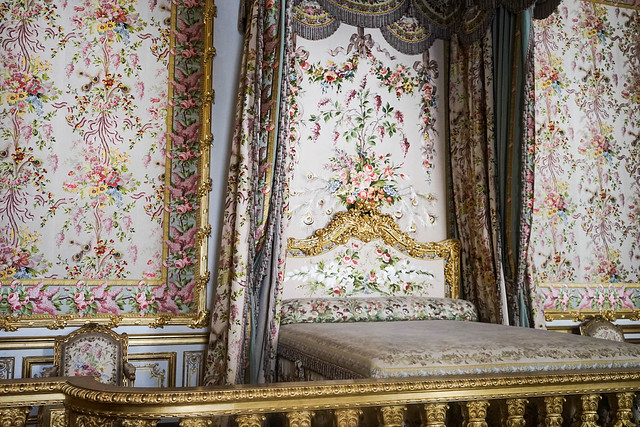
Marthe and Martha briefly discuss Marie Antoinette's furniture while they clean out the apartment. The Queen had a very specific floral pattern throughout her room, which I thought was pretty iconic, and so added it to the story. I wouldn't be surprised if Marthe owned one of those chairs!
Note on Louis XIV: I mention him quite a few times in the novella. But Louis XIV, builder of Versailles, loved the story of Apollo so much that he called himself the Sun King.
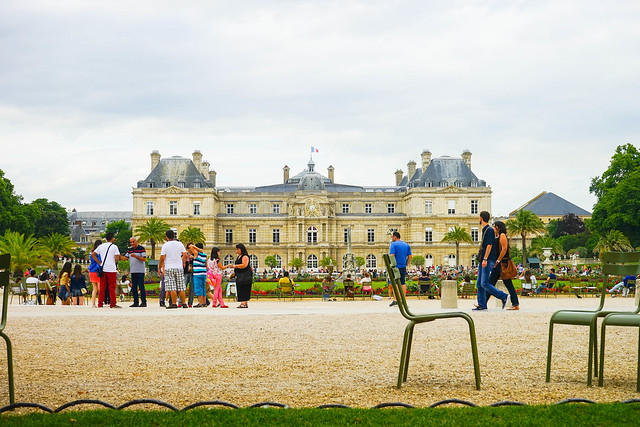
Martha and Henri seek refuge in the Luxembourg Gardens after her first scare with Marthe. You can see how this place can totally relax you, if you don't mind the sand. That building across the pond is the current Senate House of France, and the former home of a Medici.

We lived on the Marais side of Rue de Rivoli, an affordable and charming area of Paris. We woke up to the sounds of jets flying over our apartment on Bastille Day, with out neighbors stepping out to their balconies to see them. We never saw our neighbours again. There was a Fireman's Ball happening a few blocks away from us, but it was by invitation only, boo!
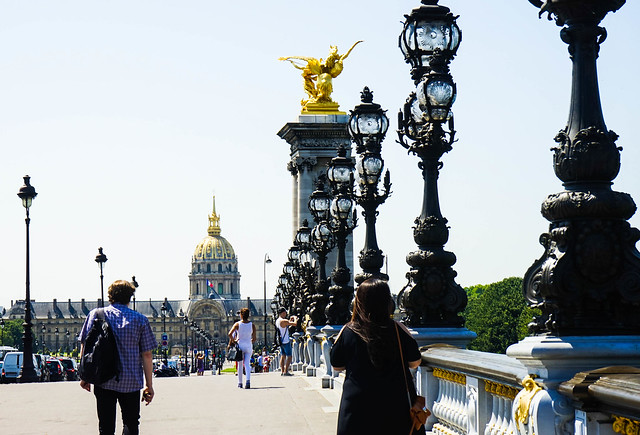
It was a HOT summer day when we crossed this bridge, so I could barely take a picture of the Eiffel Tower on the right without burning. But this elegant bridge is a gorgeous spot in Paris. That's the Invalides at the end, the Grand Palais is behind you, and the Eiffel Tower is just off the Seine. Probably the most romantic spot in Paris. Argh, take me back!
The idea that French people hate the Eiffel Tower is true. I didn't see any locals there at all.
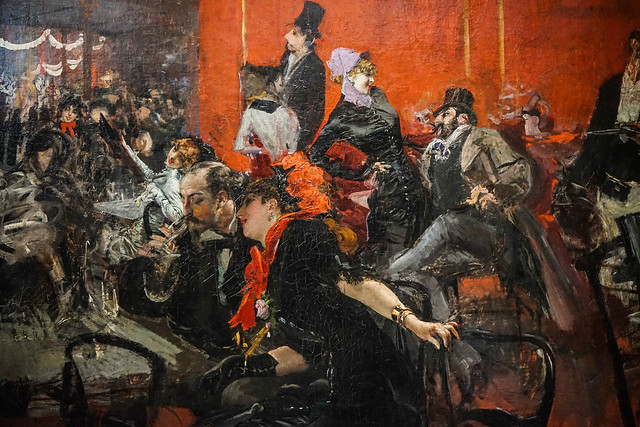
Martha goes to the Musee D' Orsay and views this painting to try to speak to Boldini. This lively scene immediately caught my eye, and I didn't know it was a Boldini until I read the card beside the painting. I like to imagine the woman in front with the pink rose on her breast is Marthe meeting her lover Auguste for the first time--thus the book cover.
And that's it! I hope you enjoyed our little jaunt through Paris. Make sure you read/download the Lady in Pink, available exclusively on the Buqo store. :)
If you'd like to read other Speculative Fiction works by Filipinos, see the Killer Seasons, Incredible Truths and Darkest Dreams bundles too!
